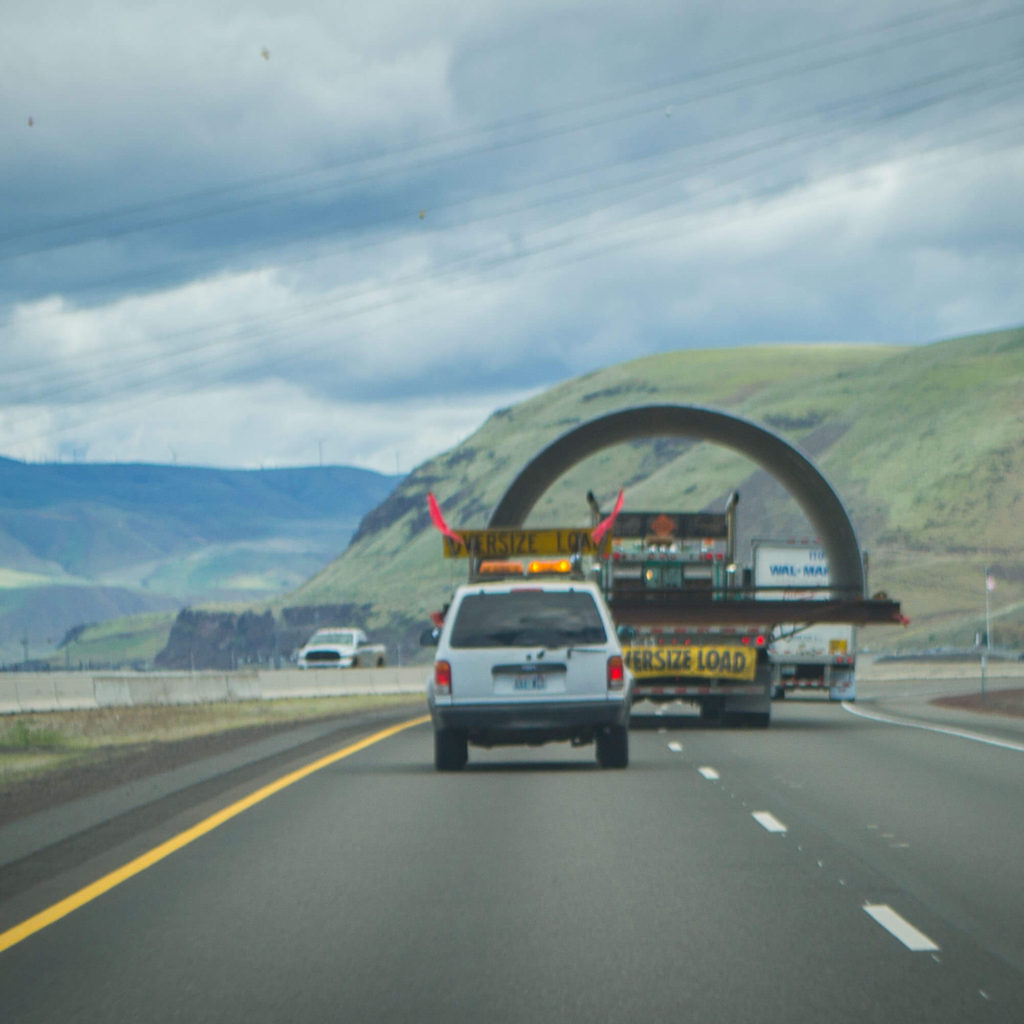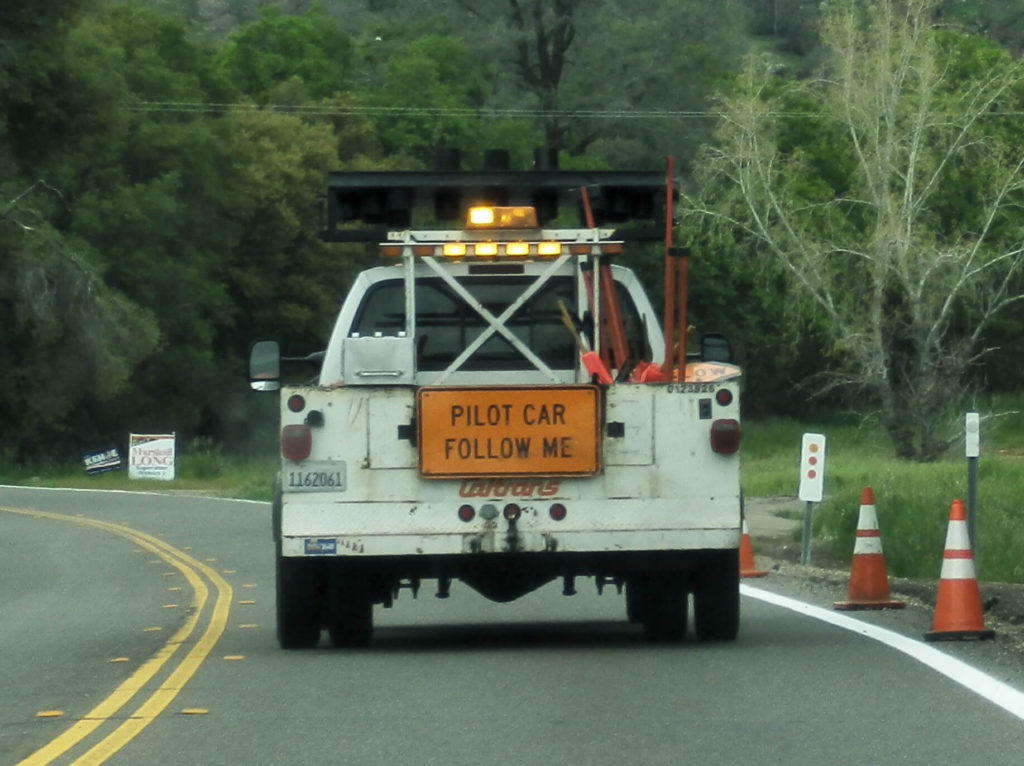
Share this Article     | A pilot car, also known as an escort vehicle, is a specially-equipped automobile that accompanies oversized or heavy loads during transport. Its primary purpose is to enhance safety, communicate with other motorists, and navigate potential obstacles or challenges that may arise during the transportation of large and cumbersome loads.  In this article, we’ll delve into the vital role that pilot cars play in the construction industry. Read on to learn how pilot cars ensure the safe passage of High Stakes Freight® and when they are required. You’ll also learn how Stream Logistics gets your freight from A to B on time, in sequence, and intact using our Site Survey, which includes a thorough assessment of the route a freight transportation team will take. A Pilot Car or Escort Vehicle for Oversized, Wide, and Heavy Freight ShipmentsPilot cars take the lead in enhancing safety during the transportation of oversized loads, acting as proactive guardians on the road. Their presence is crucial to preventing collisions and ensuring the overall safety of both the construction crew and the general public. Pilot cars are driven by transportation professionals who specialize in this type of driving. The pilot driver’s responsibilities include:
With a pilot car or escort vehicle leading the way in transportation projects, the pilot car driver can spot possible interferences, obstacles, accidents, or traffic and communicate them to the truck driver in order to troubleshoot logistics accordingly. Pilot cars are specifically tailored for these challenging transport scenarios and help make transportation logistics a success. Pilot Car or Escort Vehicle Equipment & SupportThe effectiveness of pilot cars lies in their specialized equipment and support mechanisms designed to tackle the unique challenges posed by oversized, wide, and heavy freight shipments. Equipment Escort vehicles are typically equipped with signs, flags, lights, or other warning signals to communicate to other drivers on the road that an oversized load is coming or up ahead. To enhance visibility, pilot cars are also adorned with high-visibility markings and signage, ensuring that other drivers can easily identify and follow the convoy. The driver also typically carries a two-way radio that allows for quick communication with the truck driver. In addition to the radio and signage, the driver will also keep emergency equipment and height poles for freight that is very high. That way, if any overpass, cables, or tunnels hit the escort vehicle’s height pole, the truck driver will be informed before it’s too late. SupportThroughout the duration of a pilot car’s journey with a truck, the driver’s sole responsibility is to support the truck driver in moving the oversized freight safely and intact. The drivers collaborate throughout the trip, and this can include everything from help merging into the highway to contacting local electrical companies to temporarily lift low-hanging wires. Whatever the obstacle, the pilot car driver’s purpose is essentially to see it first. State Requirements for Pilot Cars or Escort VehiclesRequirements for pilot cars vary state by state and can change based on the dimensions of the oversized load. Some of the requirement variables include:
Be sure to check the oversize permit and pilot car requirements for each state your High Stakes Freight® will be traveling through to avoid delays, damages, accidents, and legal troubles. To ensure that your High Stakes Freight® meets all requirements for your shipping route, use this chart from Stream Logistics to see each state’s regulations:
The Benefit of a Stream Logistics Site Survey & Transit BufferIn the world of construction logistics, where precision and safety are paramount, the role of pilot cars for oversized, wide, and heavy freight shipments cannot be overstated. During a Site Survey, we plan a reliable route for drivers to avoid supply chain disruptions and anticipate obstacles. Stream Logistics’ Site Survey paired with our Transit Buffer—a window of time that provides a “cushion,” just in case—allows for dependable, stress-free freight delivery every time. To see how we can help you make your next logistics project a success, reach out. |
| Have questions about carrying your load or freight? Our expert logistics team will gladly help with a free 15 minute consultation. | Get Expert Advice |